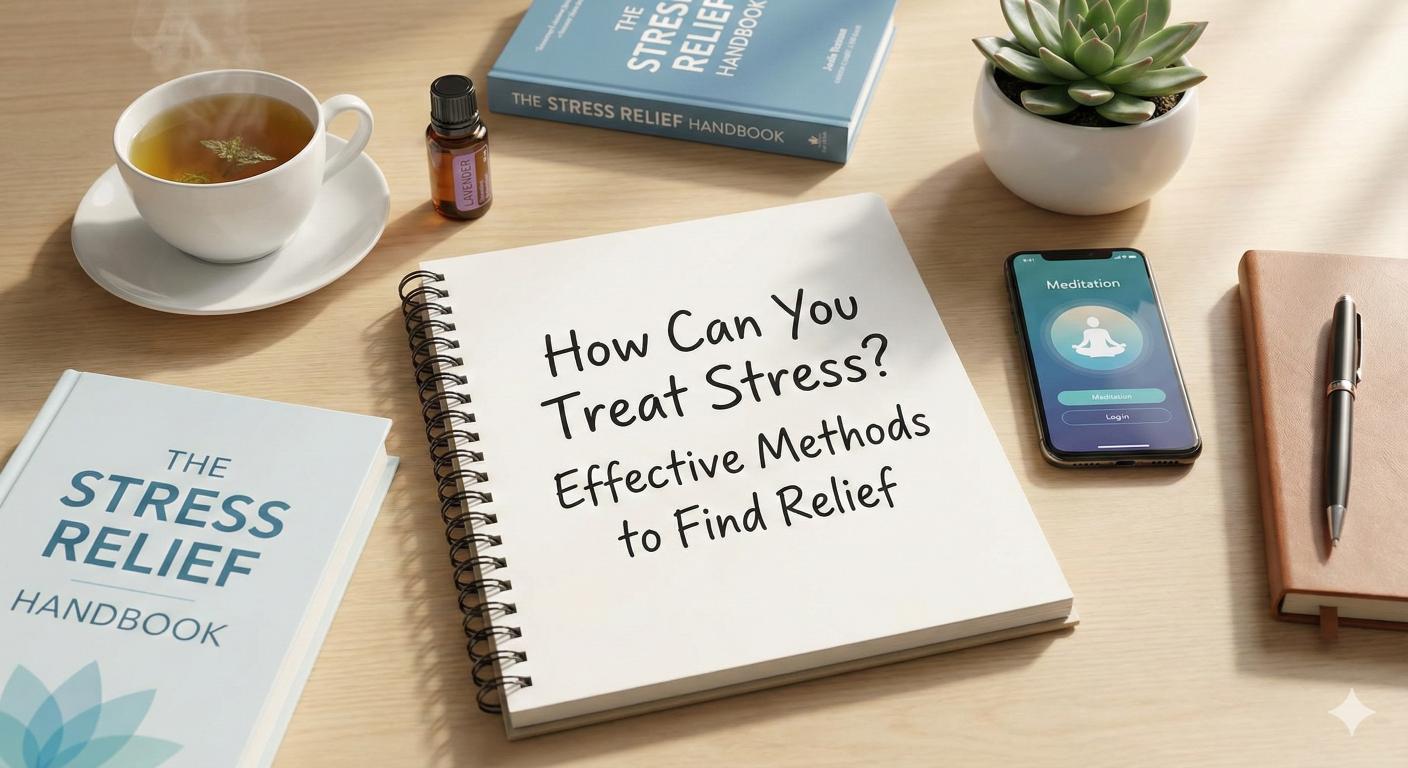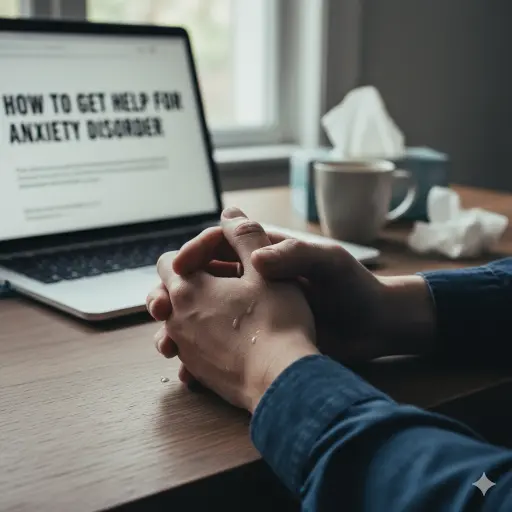The Role of Visualization Techniques in Therapy
Harnessing the Power of the Mind: Visualization in Therapy Explored

Introduction
Visualization techniques have emerged as a powerful resource in therapeutic settings, providing clients with tools to explore self-aspects, facilitate behavior change, and foster personal growth. Through the imaginative use of mental imagery, these techniques empower individuals to reshape thoughts and emotions, aiding in stress reduction, anxiety management, and enhanced emotional well-being. This article delves into the multifaceted role of visualization in therapy, examining its methodologies, benefits, and the scientific evidence supporting its effectiveness.
Understanding Visualization Techniques in Psychology

What are visualization techniques in psychology?
Visualization techniques in psychology involve creating detailed mental images to achieve specific objectives like enhancing performance or coping with challenges. These methods might include guided imagery, where individuals imagine themselves in serene settings, and outcome visualization, where they visualize successful performance in tasks.
Using visualization is popular in various settings, emphasizing its effectiveness in therapy, sports, and personal development. For example, athletes frequently leverage visualization to enhance their performance, picturing successful outcomes in competitive environments. In therapeutic contexts, it’s used to manage anxiety, phobias, and even depression, helping individuals process emotions in a safe space.
Engaging multiple senses can significantly enhance the effectiveness of visualization techniques. By making scenarios more immersive and realistic, individuals can better tap into their emotional responses and foster a deeper connection to the imagery.
| Type of Visualization | Application | Benefits |
|---|---|---|
| Guided Imagery | Relaxation, anxiety management | Reduces stress and anxiety |
| Outcome Visualization | Performance enhancement (sports, presentations) | Improves confidence and success rate |
| Future Self Visualization | Personal development | Increases motivation and goal clarity |
Overall, visualization serves as a powerful tool, bridging the gap between cognitive understanding and emotional experience, thus aiding in both personal growth and therapeutic practices.
Therapeutic Benefits of Visualization

What are the benefits of visualization in psychology?
Visualization in psychology offers numerous benefits that significantly aid individuals in managing their mental health. This technique promotes relaxation and calmness, enhancing concentration, memory, and overall cognitive functioning.
Moreover, visualization has shown effectiveness in managing stress-related conditions such as anxiety, PTSD, chronic pain, and headaches. By engaging all the senses, practitioners can help clients create vivid mental images of peaceful environments, which deepens the relaxation experience. This process can be especially beneficial when invoked through guided recordings, like 'A Walk Through the Forest' or 'Beach Visualization,' providing a structured method to achieve tranquility.
How does visualization impact mental health conditions?
Research indicates that visualization techniques can positively influence various mental health conditions, including anxiety disorders, depression, and PTSD. The use of mental imagery allows individuals to explore their emotions and reduce stress responses by simulating calming experiences.
For instance, guided imagery has been utilized in therapy to alleviate symptoms of anxiety and improve emotional regulation. It acts as a vehicle for individuals to mentally rehearse success or visualize positive interactions, thus expanding their coping skills in real-life stressful situations. Furthermore, studies have shown that engaging in visualization can lead to improved sleep quality, helping clients feel more rested and capable of managing their daily challenges.
In essence, visualization not only serves as a practical tool for stress reduction but also promotes a stronger psychological foundation by enhancing self-awareness and fostering a sense of control, ultimately improving overall psychological well-being.
Exploring Guided Imagery: Applications and Techniques

What are some examples of guided imagery therapy?
Guided imagery therapy encompasses a variety of techniques designed to facilitate healing and emotional expression across diverse therapeutic settings. Here are some notable examples:
Cognitive Restructuring for PTSD: In this context, therapists work with clients to insert new, positive images into traumatic memories. This helps reframe past experiences and promotes healing.
Guided Affective Imagery: This method assists clients in expressing complex emotions by visualizing scenes or scenarios that trigger specific feelings. It promotes insight and emotional release.
Graded Motor Imagery: Particularly used in pain management, this technique allows patients to visualize movements without pain, retraining the brain's responses to discomfort.
'Private Garden' Exercise: This popular relaxation technique involves crafting a personalized and sensory-rich visualization of a peaceful place, fostering relaxation and emotional calm.
Sport and Performance Imagery: Athletes and performers often use guided imagery to mentally rehearse their performances, alleviating anxiety and enhancing focus. This practice can significantly improve outcomes by boosting self-confidence.
Specific therapeutic contexts
Guided imagery is applied in various therapeutic contexts, including:
| Context | Techniques Used | Benefits |
|---|---|---|
| Trauma Recovery | Cognitive restructuring, affective imagery | Reframing traumatic experiences |
| Pain Management | Graded motor imagery | Reduced perception of pain |
| Emotional Well-being | 'Private Garden' exercise, nature imagery | Enhanced relaxation and mood |
| Athletic Performance | Mental rehearsal techniques | Improved focus and reduced anxiety |
Through these diverse applications, guided imagery continues to emerge as a versatile and effective tool within therapeutic practices, supporting individuals in managing emotions, enhancing relaxation, and promoting overall well-being.
Utilizing Visualization for Therapeutic Transformation

How are visualization techniques used in therapy?
Visualization techniques are used in therapy to promote relaxation, enhance mental wellness, and facilitate personal transformation. Guided imagery, a prominent relaxation method, allows individuals to use their imagination to create vivid mental images that engage all the senses. This engagement leads to reduced stress and improved physical health levels.
These techniques are versatile. They can reshape perceptions and beliefs, helping individuals manage anxiety and achieve personal goals such as weight loss or quitting smoking. Within frameworks like Cognitive-Behavioral Therapy (CBT), visualization is particularly useful for replacing negative thought patterns with more positive outcomes, enriching the therapeutic process.
In addition to enhancing relaxation, visualization methods foster therapeutic dialogue. They enable clients to express complex emotions and explore their inner psyche in a supportive environment. This approach not only encourages self-awareness but also promotes self-acceptance.
Therapists often build trust and create a safe space for clients to engage with visualization exercises. With techniques like guided imagery and progressive muscle relaxation being tailored to individual needs, professionals can effectively address a wide range of mental health conditions, from anxiety disorders to PTSD, ultimately making visualization a valuable tool across various therapeutic approaches.
Visualizing Calm: Reducing Anxiety with Imagery
What are the benefits of visualization for anxiety?
The benefits of visualization for anxiety encompass a range of techniques that promote relaxation through the imaginative creation of serene and peaceful scenarios. Individuals can envision tranquil settings like a private garden, a meadow, or a beach scene.
By engaging all the senses—sight, sound, smell, and touch—visualization deepens the relaxation experience and allows for a richer understanding of personal calmness. This immersive technique helps individuals feel more present, enabling them to detach from their stressors.
Regular practice can serve as an effective tool for managing stress and reducing the physiological symptoms associated with anxiety. During heightened periods of stress, these exercises encourage deep breathing and integrate progressive muscle relaxation, both critical in relieving tension.
Furthermore, visualization works as a valuable distraction from anxious thoughts, fostering a calmer mental state. Individuals may find that mentally rehearsing peaceful scenarios helps divert focus from stressors, leading to enhanced emotional regulation and overall well-being.
Specific visualization exercises
A few specific visualization exercises that can aid in anxiety management include:
| Exercise Name | Description | Outcome |
|---|---|---|
| Sky and Weather Visualization | Imagine the sky and its various conditions, allowing you to connect emotionally. | Promotes calmness and understanding of fluctuating emotions. |
| Body Scan Visualization | Focus on each part of your body, releasing tension while breathing deeply. | Increases body awareness and leads to physical relaxation. |
| Wave Visualization | Picture gentle ocean waves washing over you, bringing peace with every rhythm. | Eases anxiety and induces a serene mental state. |
These exercises can be tailored to each individual, allowing them to choose imagery that resonates with their personal experiences, thus enhancing the effectiveness of their relaxation journey.
Techniques for Managing Anxiety through Visualization
What are some visualization techniques for anxiety?
Visualization techniques serve as effective methods for managing anxiety by helping individuals create calming mental images. Here are some specific techniques:
| Technique | Description | Benefits |
|---|---|---|
| Guided Imagery | This involves picturing serene scenes, such as a quiet beach or a lush forest. | Promotes relaxation and reduces anxiety. |
| Blue Light Technique | Individuals imagine a soothing blue light surrounding them, providing comfort and promoting deep breathing. | Enhances mood and encourages calmness. |
| Ball of Yarn Technique | Visualizing unrolling a ball of yarn represents letting go of tension. | Helps individuals unwind after stress. |
| Liquid Quiet Technique | Imagining liquid calmness filling the body helps quiet racing thoughts and provides mental relief. | Reduces mental clutter and improves focus. |
These visualization methods aid in reducing anxiety by creating a safe mental space for relaxation and clarity. By engaging in these practices, individuals can explore their feelings in a supportive way, allowing for greater emotional regulation and peacemaking.
Implementing these visualization techniques in therapy can greatly enhance resilience against anxiety, fostering a calm mindset to navigate daily challenges.
Scientific Explanations Behind Visualization's Effectiveness
Why are visualization techniques effective?
The effectiveness of visualization techniques stems from their ability to translate complex thoughts and emotions into vivid mental imagery. This process engages the brain in ways that mirror real-life experiences, activating similar neural pathways as actual events. When clients visualize scenarios—such as overcoming anxiety or achieving a personal goal—their brains respond physiologically, leading to relaxation and emotional regulation. This phenomenon is rooted in neuroplasticity, which allows individuals to reshape their thoughts and behaviors through mental practice.
Moreover, research supports the advantages of visualization in therapy. Studies indicate that mental imagery can significantly reduce symptoms of anxiety and depression, enhance self-regulation, and improve overall well-being. By creating peaceful mental images or rehearsing success, individuals can counteract negative emotions and cultivate a sense of empowerment.
Furthermore, exercises like guided imagery facilitate stress management by helping clients visualize calming scenes and positive outcomes. This method not only fosters relaxation but also aids in preparing individuals for real-life challenges. Overall, the scientific backing highlights that engaging in visualization not only soothes the mind but also enhances psychological resilience, making it a valuable tool in therapeutic practices.
Personal Growth through Visualization Techniques

How does visualization aid personal development?
Visualization techniques are powerful tools in therapy, facilitating personal growth by engaging the mind in transformative mental imagery. By harnessing the power of mental imagery, individuals can reshape their thoughts and behaviors, thereby enhancing self-understanding and fostering behavioral changes. Visualization can steer individuals towards positive outcomes through techniques like guided imagery, which helps them envision success and reduce anxiety.
For instance, individuals can visualize achieving their goals, mentally rehearsing success scenarios to build confidence and motivation. This mental exercise not only cultivates a stronger belief in one’s own abilities but also helps in overcoming negative thought patterns. Research indicates that the brain responds to these mental images much like actual experiences, making visualization a potent approach for emotional regulation and stress management.
What are the applications in personal growth?
The applications of visualization in personal growth are vast and varied. Here are some notable uses:
| Application | Description | Benefits |
|---|---|---|
| Goal Achievement | Envisioning successful outcomes | Boosts self-esteem and motivation |
| Stress Reduction | Visualizing calming scenes or experiences | Helps lower anxiety and promotes relaxation |
| Cognitive Enhancement | Using techniques like the mind palace | Improves memory and decision-making |
| Therapeutic Dialogues | Facilitating expressions of complex emotions | Enhances emotional awareness and understanding |
| Performance in Sports | Mental rehearsal of events | Improves focus and reduces performance anxiety |
By tailoring these visualization techniques to individual needs, therapists can effectively support their clients in achieving personal aspirations, enhancing overall well-being.
Therapeutic Outcomes and Future Directions
What are the therapeutic outcomes of visualization techniques?
Visualization techniques have shown promising therapeutic outcomes across various mental health conditions. Research indicates that these mental imagery practices can effectively manage symptoms of anxiety, depression, and even physical pain. For instance, studies found that guided imagery significantly reduced emotional anxiety levels, improving clients' feelings of preparedness for stressful situations.
Moreover, the physiological impacts are notable; visualization practices can lower cortisol levels, promote relaxation, and improve overall well-being. Evidence suggests they also assist in enhancing sleep quality and reducing stress levels, contributing to both mental and physical health.
What is the future potential for visualization in therapy?
The versatility of visualization poses exciting future directions for mental health therapy. Continued exploration into tailored visualization techniques for various demographics—such as athletes, students, or individuals coping with chronic illness—can further expand their effectiveness. Research suggests that integrating visualization with modern technologies, such as apps or guided imagery recordings, could increase accessibility and usability.
Additionally, deeper studies into the neurobiological mechanisms behind visualization will enhance its application in therapy. This could lead to innovative approaches that intertwine visualization with other therapeutic modalities, creating comprehensive treatment plans that address both mental and physical health needs.
Conclusion
Visualization techniques have carved a significant niche within therapeutic practices, offering clients an empowering tool for enhancing relaxation, reducing anxiety, and facilitating mental well-being. Through scientifically backed methods like guided imagery and outcome visualization, these techniques have shown to promote lasting therapeutic outcomes, benefiting a wide range of mental health conditions. As research continues to explore their potential, visualization stands as a dynamic element in therapy, bridging the mind's eye with emotional healing and personal transformation.
References
- Visualization in Therapy: 16 Simple Techniques & Tools
- What Is Visualization In Therapy? Visualization Exercises & Mental ...
- Visualization: Definition, Benefits, and Techniques
- How to Use Visualization to Reduce Anxiety Symptoms
- How Visualization Can Benefit Your Well-Being | Psychology Today
- Using Visualization to Relax and Sleep Better | Counseling Services
- Visualization in Therapy - Carepatron
- Visualization and Guided Imagery - University of Houston-Clear Lake
More Resources
A team ready to start your journey.
Get in touch — today.
We are a safe space – a haven for exceptional individuals to receive discreet, personalized, in-person treatment and care.
.avif)










